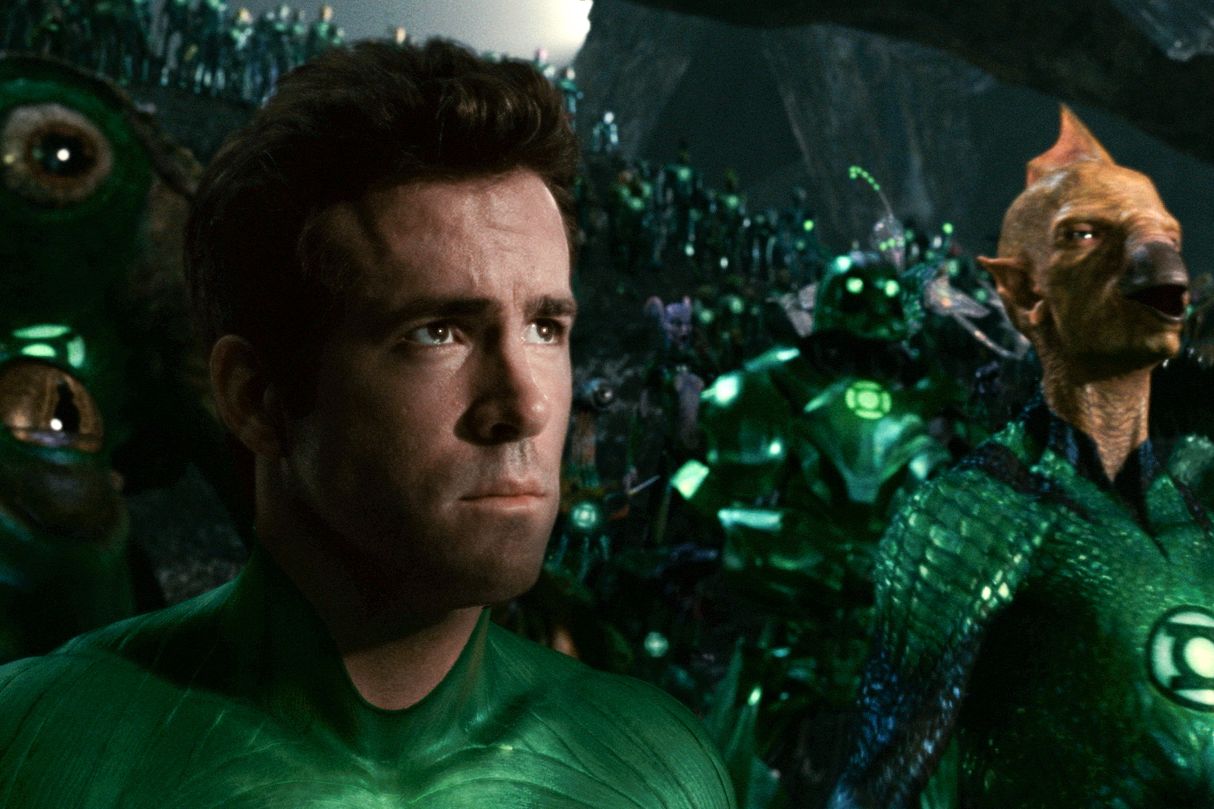

The movies posters themselves show several layers of information through color symbolism if stripped of colors, they will not convey the message in a powerful manner as they normally do.

Today, design experts are all aware of the impact of colors while using them in media. For example, the overuse of certain colors was frowned upon, especially colors like Blue etc. Critics however started paying attention to color symbolism in the movies by this era. The audiences by then were thirsty for colored films and Walt Disney further explored and revolutionized these processes. By 1932, luckily, Technicolor solved the expense problems by using the 3 films and 3 cameras technique of tinting objects. They simply did not mind watching movies in Black and White). Therefore, by 1930, Depression Era, most directors gave up making colored films due to expense and other difficulties (and the fact that most audiences were just not bothered by lack of colors. It involved using two films along with dye transferring to create a single film but it still had many color limitations. His process helped capture natural colors of objects. By 1915, Kalmus’s Technicolor came into being, solving the problem of time needed in tinting objects in films. The best examples of earliest films using hand tinting in this manner include the The Great Train Robbery (1903) and The Last Days of Pompeii (1926). This was a time consuming and expensive project where every object in the scene had to be tinted manually.
Colors movie manual#
In the beginning, color in films was only applied using manual tinting. But first: a brief history of the use of colors in films

But if you study the history of movies, you will find that all great directors have consciously used color symbolism and psychology to effectively communicate with their audiences. We often watch movies, rarely paying attention to the color symbolism depicted in them.


 0 kommentar(er)
0 kommentar(er)
